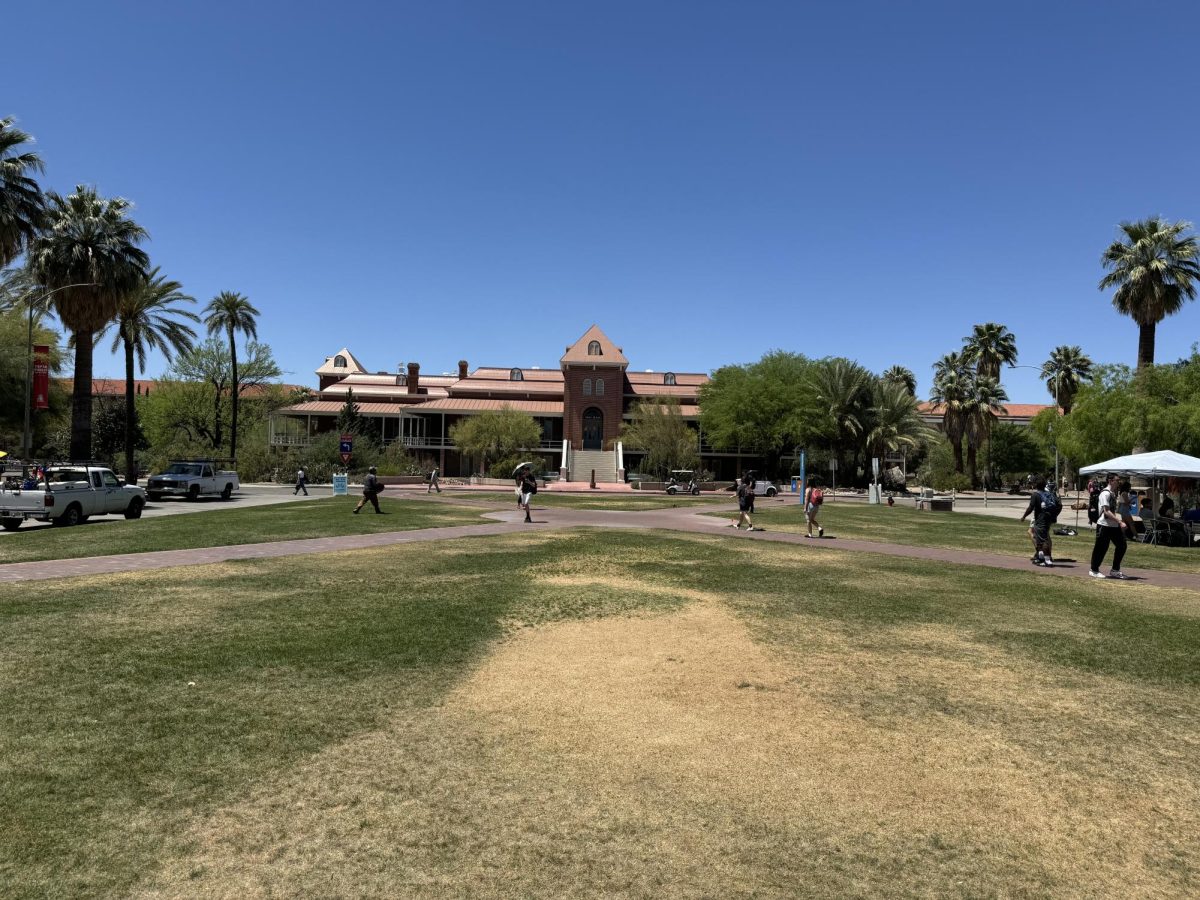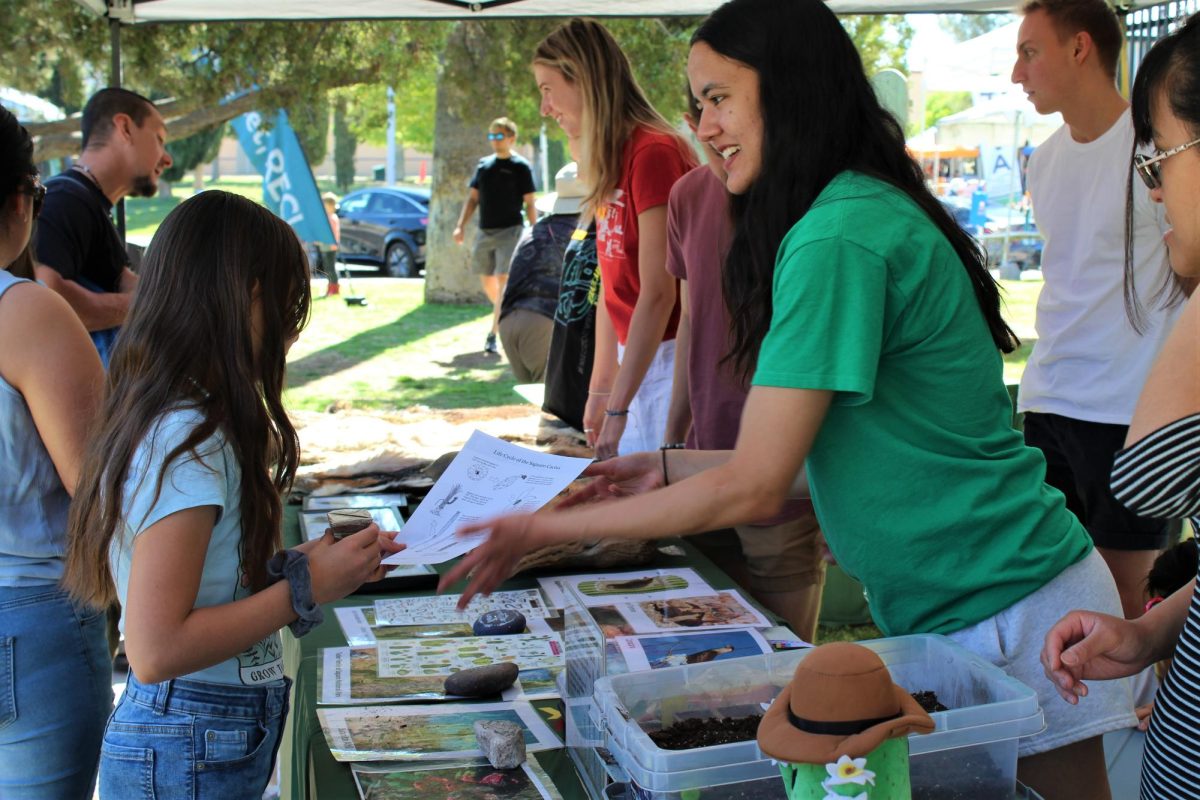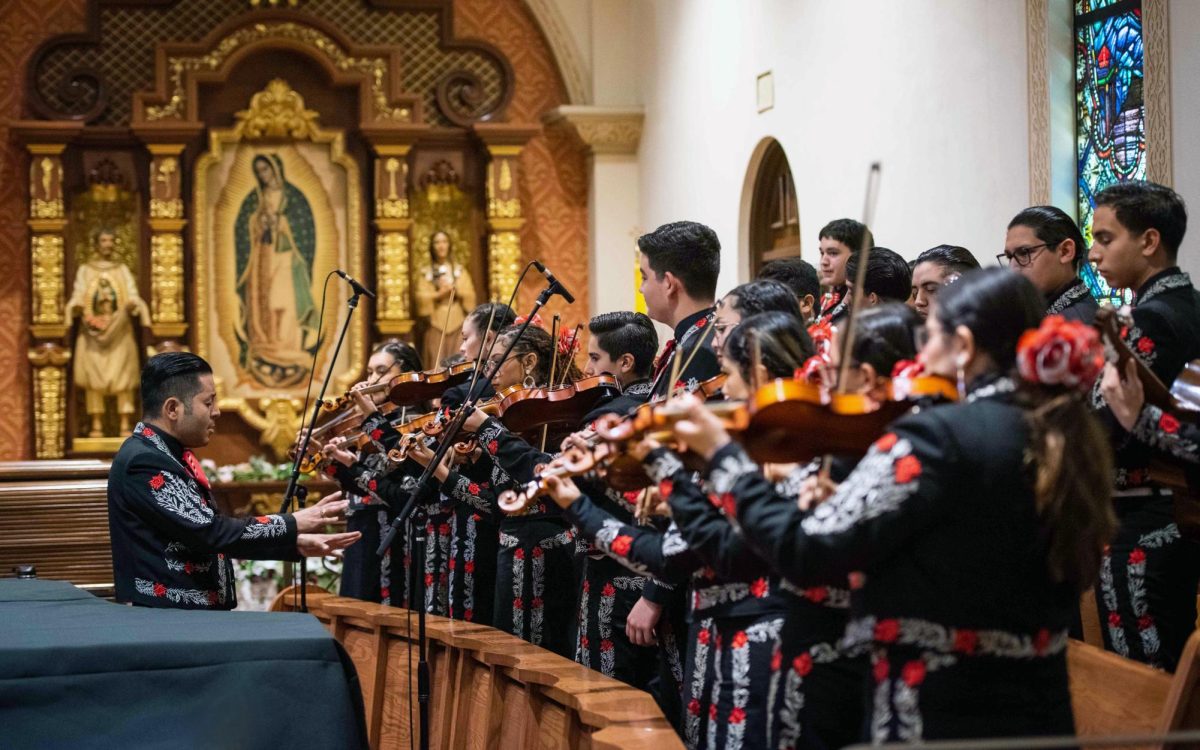
“Nowadays, when you’re playing with other instruments, be it guitar, piano or any other instrument, it has to be in a certain key,” said Borg, owner and chief craftsman at High Spirit Flutes in Patagonia. “That’s always a challenge, to get consistency in tuning.”
Borg has been making and selling handcrafted flutes for more than 20 years. He and his staff of 14 work hard to achieve the kind of consistency expected by their discerning customers. He said the current process of making a flute has been honed through trial and error. It takes between two and three weeks to transform blocks of wood into musical instruments.
Though it began in a one-car garage in California, High Spirits Flutes has expanded year by year and now offers 65 Native American-inspired flutes of differing keys and pitch ranges. All of the instruments are crafted onsite and then sold locally and internationally.
The instruments range in price from $40 for a pocket flute to $345 for a flute from Borg’s “signature series.”
Borg has sold to clients in Germany, France, Japan and Australia, as well as musicians such as Grammy-winner Bill Miller and Native American flute player Jan Michael Looking Wolf.
High Spirits offers specialized flutes tuned to scales common in certain cultures. For example, it offer scales for Middle Eastern, Japanese, Gypsy and East Indian music.
“Our business is grown through word of mouth,” Borg said. “One thing I’ve noticed is that the American craftsman has gone by the wayside. Very few things are made in the U.S. anymore. I’ve always been a craftsman, but I’ve noticed that there’s not that many craftsmen around nowadays.
“It’s a small cottage industry we’ve created here, and I love it. I’d love to see more of that in the country.”
Before he decided to start making flutes, Borg had worked as a leathercrafter, jeweler and at various odd jobs. He started playing the flute in the 1980s and then began making the instrument.
Borg said his knowledge of musicology has come a long way. He said he had no musical background, which made it difficult to find the elements and techniques that would produce the best sounds.
A flute’s key and range are determined by the length of the instrument, its diameter and bore, the thickness of its walls and the way air is directed through it. Flutes need to be precisely carved, sanded, coated in nontoxic oils, tweaked and tuned before they’re sold.
 Borg’s flutes are single pieces of wood that are bored into, as opposed to split in half and later rejoined, which is how many flutes are built.
Borg’s flutes are single pieces of wood that are bored into, as opposed to split in half and later rejoined, which is how many flutes are built.
The humidity of climate and breath makes the wood expand and contract, which can lead to problems with the glue lines of flutes that are assembled in two pieces, Borg said.
He said people can learn to play his instruments quickly, regardless of their musical experience.
“That’s the beauty behind the native flute, that anyone can play it,” Borg said. “You don’t have to be a musician. You can just have fun with it.”
Borg estimated that between 60 and 70 percent of his customers had never picked up an instrument before.
Keith Stanford, a member of the International Native American and World Flute Association and the leader of the Tucson Native American Flute Circle, said Odell “sells more flutes than anyone else. The main thing about High Spirits Flutes is they’re probably the best entry-level flute. Many people that get into Native American flute playing use it because it’s inexpensive and has a lot of name recognition.”
Borg said his best-selling flutes tend to be the easiest to learn because they often are smaller and midranged in terms of pitch.
“We’re all proud of what we do,” he added. “We’re not making rockets and bombs; we’re making things that can enhance people’s lives.”
{youtubejw}oYQ9BnYJ3Us{/youtubejw}







